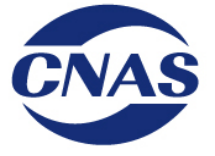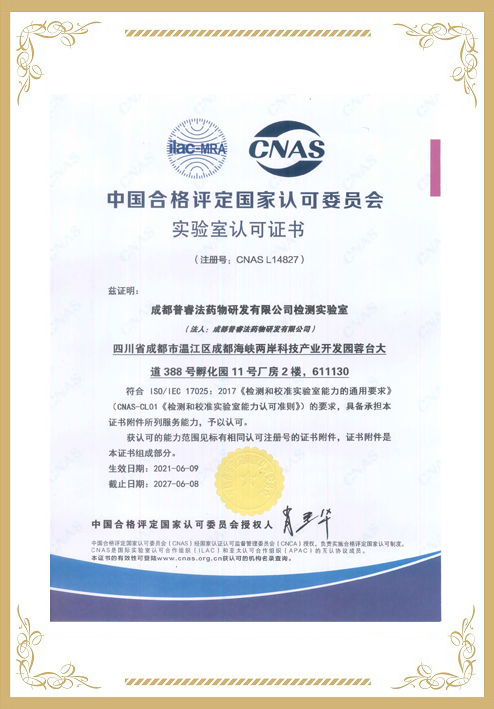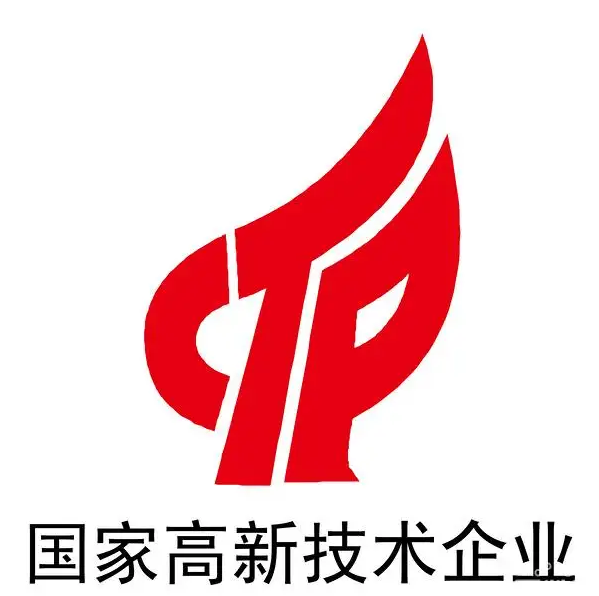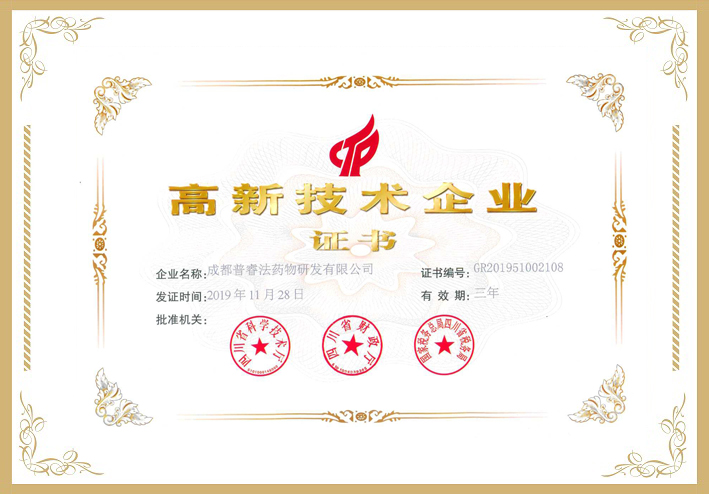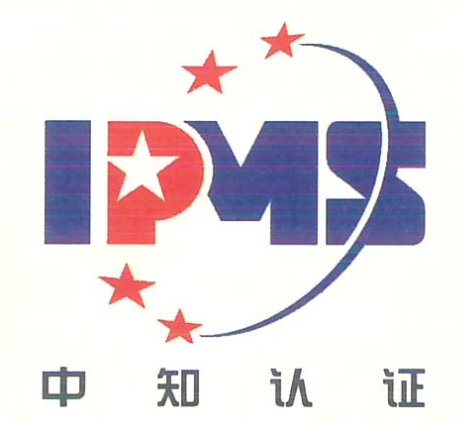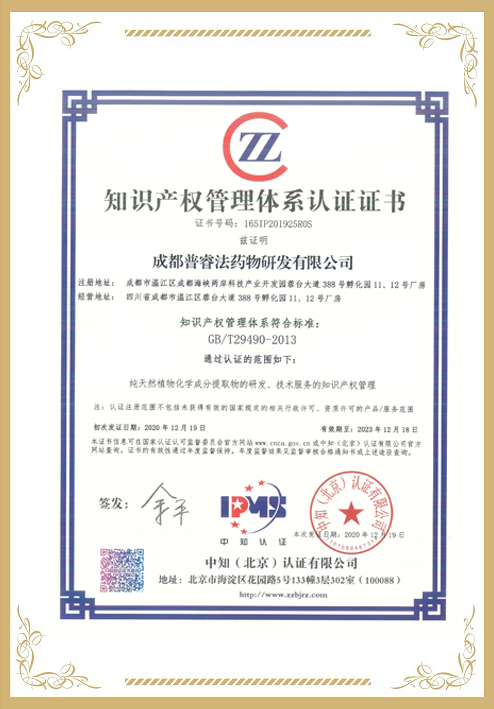This study aimed to obtain an anthocyanin extract from the purple leaves of Camellia sinensis cv. Zijuan using a sustainable, non-toxic, and low-cost solid-liquid extraction, employing an aqueous citric acid solution (0.2 mol/L) as the extracting solvent, and to evaluate its chemical stability at different pH values, as well as its in vitro antioxidant properties in chemical and biological terms. The phenolic composition, in vitro antioxidant activity, and the stability of anthocyanins against pH, temperature, and light of the crude extract (CE) were evaluated, as well as the phenolic composition and bioactivity in the crude lyophilised extract (CLE). In the direct/reverse spectrophotometric titration, anthocyanins showed structural changes between pH 2 and 10, and reversibility of 80%. The antioxidant activity against the DPPH radical showed inhibition percentages of 73% (pH 4.5) to 39% (pH 10). Thermal stability was observed at 60 °C, and prolonged exposure of the extract to light caused photodegradation of the anthocyanins. Thirty-three phenolic compounds, including anthocyanins and catechins, were quantified in the CLE by UPLC-ESI-MS and HPLC, totalling 40.18 mg/g. CLE reduced cell viability (IC50 from 18.1 to 52.5 μg GAE/mL), exerted antiproliferative (GI50 from 0.0006 to 17.0 μg GAE/mL) and cytotoxic (LC50 from 33.2 to 89.9 μg GAE/mL) effects against A549 (human lung adenocarcinoma epithelial cells), HepG2 (hepatocellular carcinoma), HCT8 (ileocecal colorectal adenocarcinoma), and Eahy926 (somatic cell hybrid cells); and showed protection against oxidation of human plasma (635 ± 30 mg AAE/g). The results showed the diversity of compounds in the extracts and their potential for technological applications; however, temperature, pH, and light must be considered to avoid diminishing their bioactivity.
















